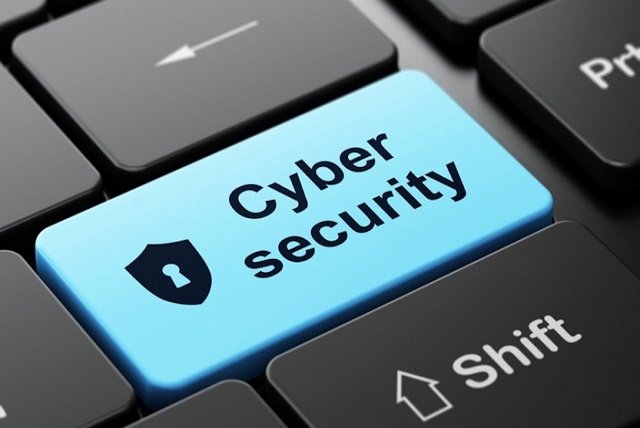Course Code: IFIS/SCE/CS001
This course is for students with a basic knowledge of computers and technology but no prior cyber security experience so that they can jump-start their security education with insight and instruction from real-world security experts.
This two-day course covers a wide range of baseline topics, including terminologies, the basics of computer networks, security policies, incident response, passwords, and even an introduction to cryptographic principles. The hands-on, systematic learning format will enable you to grasp all the information presented even if some of the topics are new to you. You will learn the fundamentals of cyber security that will serve as the foundation of your security skills and knowledge for years to come.
What You Will Learn?
- Build a simple, but fully functional firewall configuration
- Secure a wireless access point (also known as a wireless router)
- Recognize and be able to discuss various security technologies, including anti-malware, firewalls, and intrusion detection systems, content filters, sniffers, etc.
- Understand computer network basics
- Have a fundamental grasp of any number of critical technical networking acronyms, including TCP/IP, IP, TCP, UDP, MAC, ARP, NAT, ICMP, and DNS
- An advanced practical skill-set in assuring network security against all threats including – advanced hackers, trackers, exploit kits, Wi-Fi attacks and much more.
- Understand how we are tracked online by corporations, nation-states your ISP and others.
- What are the best password managers to use and why. How passwords are cracked, and how to mitigate the password attacks.
- Become a cyber security specialist.
Requirements
- A laptop running any version of Microsoft Windows or Apple Mac (Macintosh). A tablet such as an iPad or Android will not be able to complete the labs.
- You need the Google Chrome browser installed on your laptop before you arrive for class. Other browsers *may* be able to complete the labs, but they often cause difficulties.
- The ability to connect to a wireless (Wi-Fi) network.
- A network setting configured to obtain IP address and DNS servers automatically.
- The ability to disable your VPN. (You will access a lab server inside the classroom. You cannot accomplish this while VPN software is running.). Note: this requirement is for students attending the course in a live classroom. Students attending via OnDemand or Simulcast may not need to disable their VPN.
Prerequisite
- This course assumes basic knowledge of computers and technology and thus makes no assumptions regarding prior security knowledge.
Target Audience
- Anyone new to cyber security and in need of an introduction to the fundamentals of security
- Those who feel bombarded with complex technical security terms they don’t understand, but want to understand
- Non-IT security managers who deal with technical issues and understand them and who worry their company will be the next mega-breach headline story on the 6 o’clock news
- Professionals with basic computer and technical knowledge in all disciplines who need to be conversant in basic security concepts, principles, and terms, but who don’t need “deep in the weeds” detail
- Those who have decided to make a career change to take advantage of the job opportunities in cyber security and need formal training and certification
Course Content



